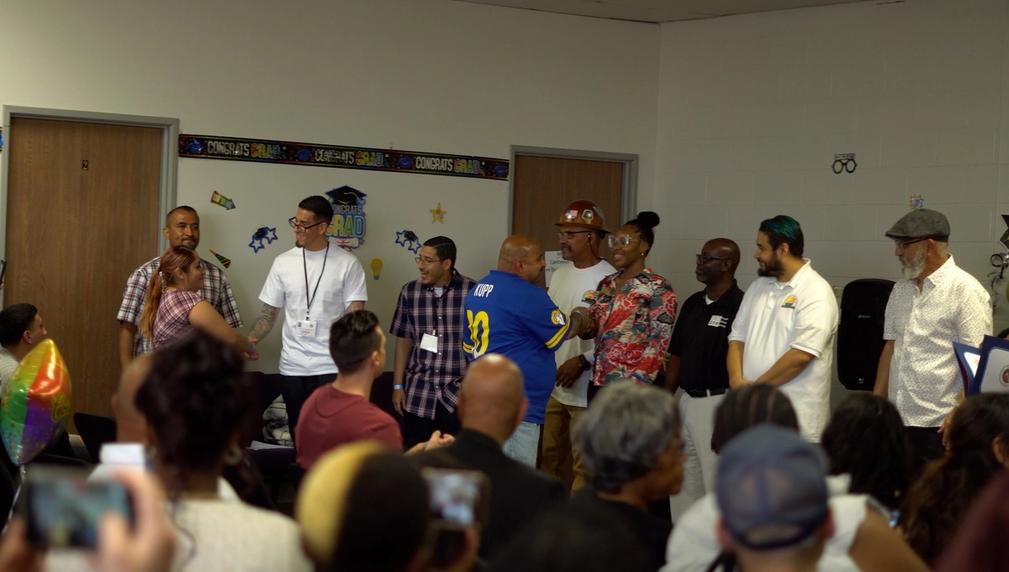Paving The Way Financial Literacy Program
The Financial Blueprint program serves the Antelope Valley, a highly underserved region already, we are designed to address this issue and to support personal financial literacy and education for the most at-risk members of our community, including justice-involved individuals and those with past and current experiences with substance abuse and homelessness. This program accompanies workforce development training and life skills programming to offer a comprehensive approach to reentry into the community for our participants.

What is the primary issue area that your application will impact?
Adult literacy
In which areas of Los Angeles will you be directly working?
Antelope Valley
In what stage of innovation is this project, program, or initiative?
Expand existing project, program, or initiative (expanding and continuing ongoing, successful work)
What is your understanding of the issue that you are seeking to address?
This year one of the primary issues that is focus is adulat ltieracy. While reading and writing sufficiently is extemely imporatnt, we would like to note another component of that is financial literacy. Many of the individuals served in our program have not previously learned about personal finance, have not seen healthy money habits and attitudes modeled for them as they were growing up, and never had personal finance classes in school. Teaching the skills needed to manage and grow personal finances will help lead participants in a more stable life and lifestyle and create greater self-worth. Our curriculum has been designed to help our target population build a better relationship with money and help them to gain control of what a strong financial outlook and plan is, and can be, for each of them as individuals. We will be serving an estimated 2,500 people annually in the AV Region.
Describe the project, program, or initiative this grant will support to address the issue.
The program has been designed as an accompaniment to workforce development and other life skills programs and offers several 6-8 week hands-on classes designed that engages each individual participant based on their needs, as well as offering broad based skills and goal setting opportunities to ensure success. Many of the individuals served have not previously learned about personal finance, have not seen healthy money habits and attitudes modeled for them as they were growing up, and never had personal finance classes in school. Teaching the skills needed to manage and grow personal finances will help lead participants in a more stable life and lifestyle and create greater self-worth.
Financial literacy program/curriculum will assist our target audience of individuals aged 18-24:
Financial Workshops:
*Understanding the purpose of money and how it works
*Budgeting Basics
*Understanding credit and managing debt
*How to and the purpose of investing
*Risk Management
*Growing and managing wealth
*Entrepreneurial fundamentals
Real Estate Workshops:
*Understanding the value of homeownership
*Owning vs. renting
*What is a mortgage
*Mortgage insurance
*Understanding impound accounts
*Understanding annual property taxes
*Buying new vs. resale
Describe how Los Angeles County will be different if your work is successful.
The Financial Blueprint Program was launched in 2024, with initial programs being offered with some of the currently grant-funded programs. While the goal is to maintain this structure and be able to serve all PTW participants as needed, we would also like to expand the capacity to offer stand-alone financial literacy education and offer services to the paritpacnts of the new PTW Wellness Center, which is a $9 million project with the initial building opening in the Fall of 2025. Through this expansion effort, we anticipate serving an estimated 2,500 people annually in the AV Region. This grant funding will support our efforts in expansion and allow us to serve an increased level of the most at-risk populations in the Antelope Valley.
Approximately how many people will be impacted by this project, program, or initiative?
Direct Impact: 2,500
Indirect Impact: 3,500